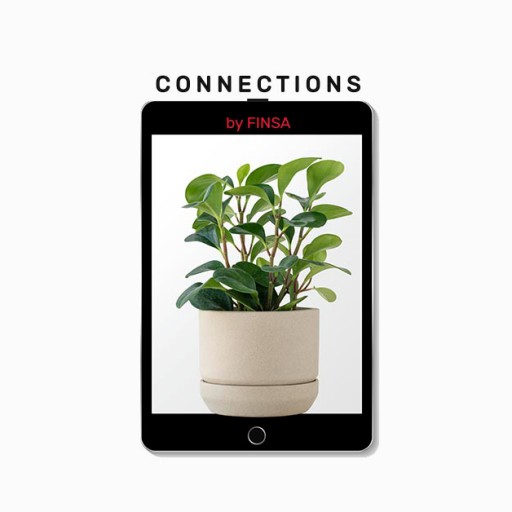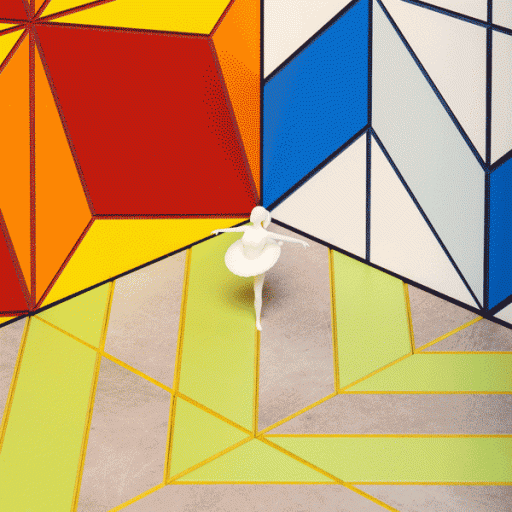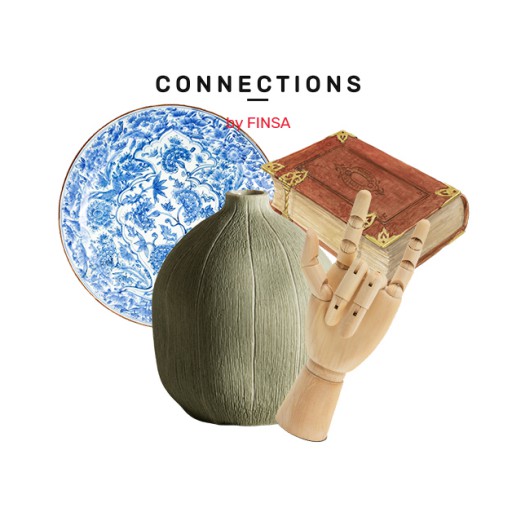What key aspects should you consider when designing a retail space? Technological integration, purpose-driven interior design, customers at the heart of the experience… We spoke with Xavier Pastor, Pablo Muñoz Payá, Taller 32, and Vitale to outline their ten pivotal points when tackling a project.
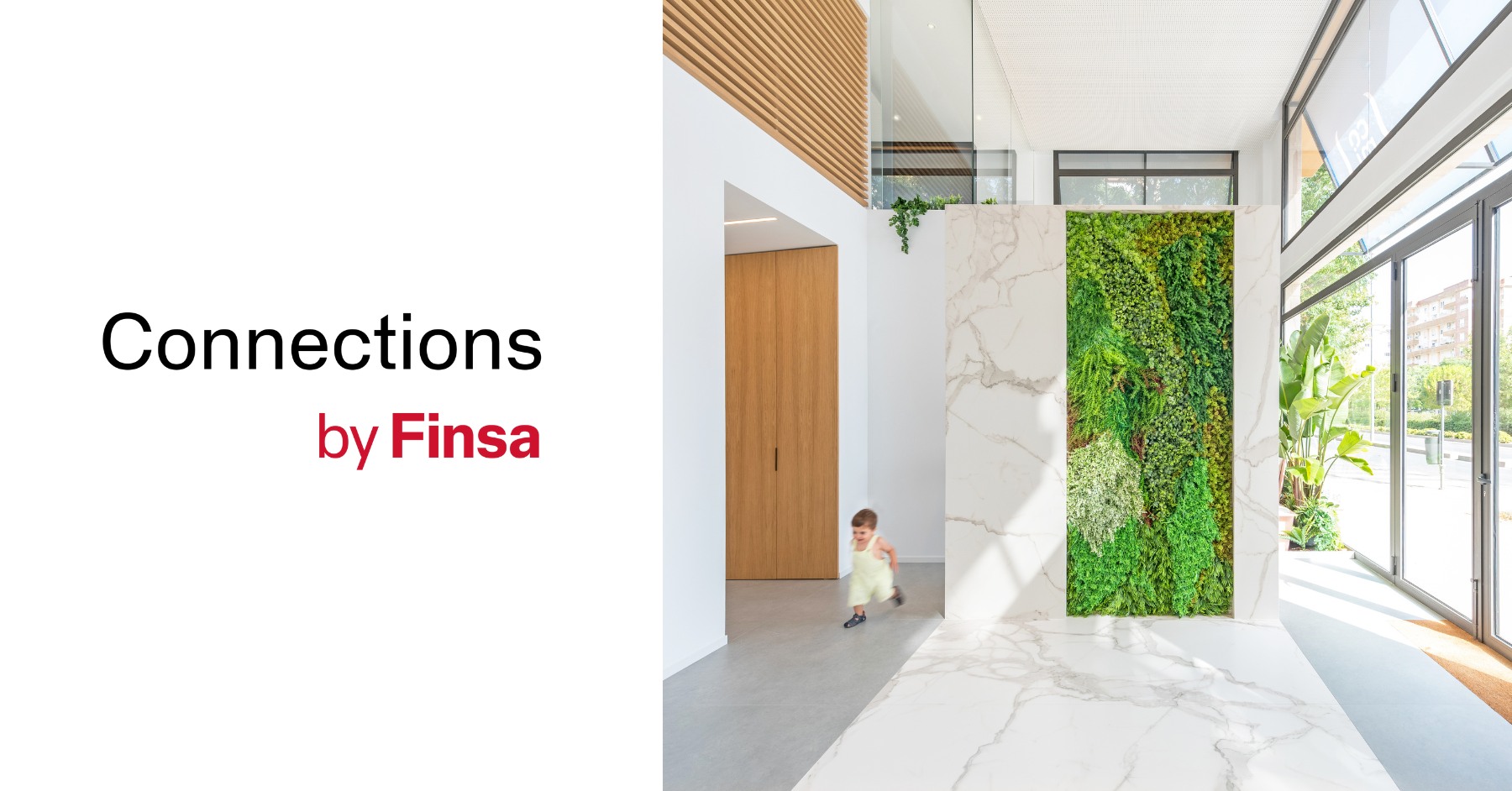
Materials, technology, and consumer habits set the new trends (Xavier Pastor).
And just look at how some major brands have moved from digital to retail to engage their community of followers. In this post, we told you about the case of Netflix Houses, a complete transmedia experience themed according to the current series or movie to offer dinners, shows, and merchandise.
Technology should be integrated to customize the customer journey (Pablo Muñoz Payá).
Visual and technological elements should harmonize, highlighting products while enabling intuitive interaction: through an information point for more product details or to avoid queues…
Multi-functionality to survive: today this place may have one use, tomorrow another, and even open up to new applications, such as hosting events (Pablo Muñoz Payá).
As an example of this reflection, we remind you of this article on new shopping centers, where we talked about reconfigurable elements, such as modular furniture, to facilitate this flexibility.
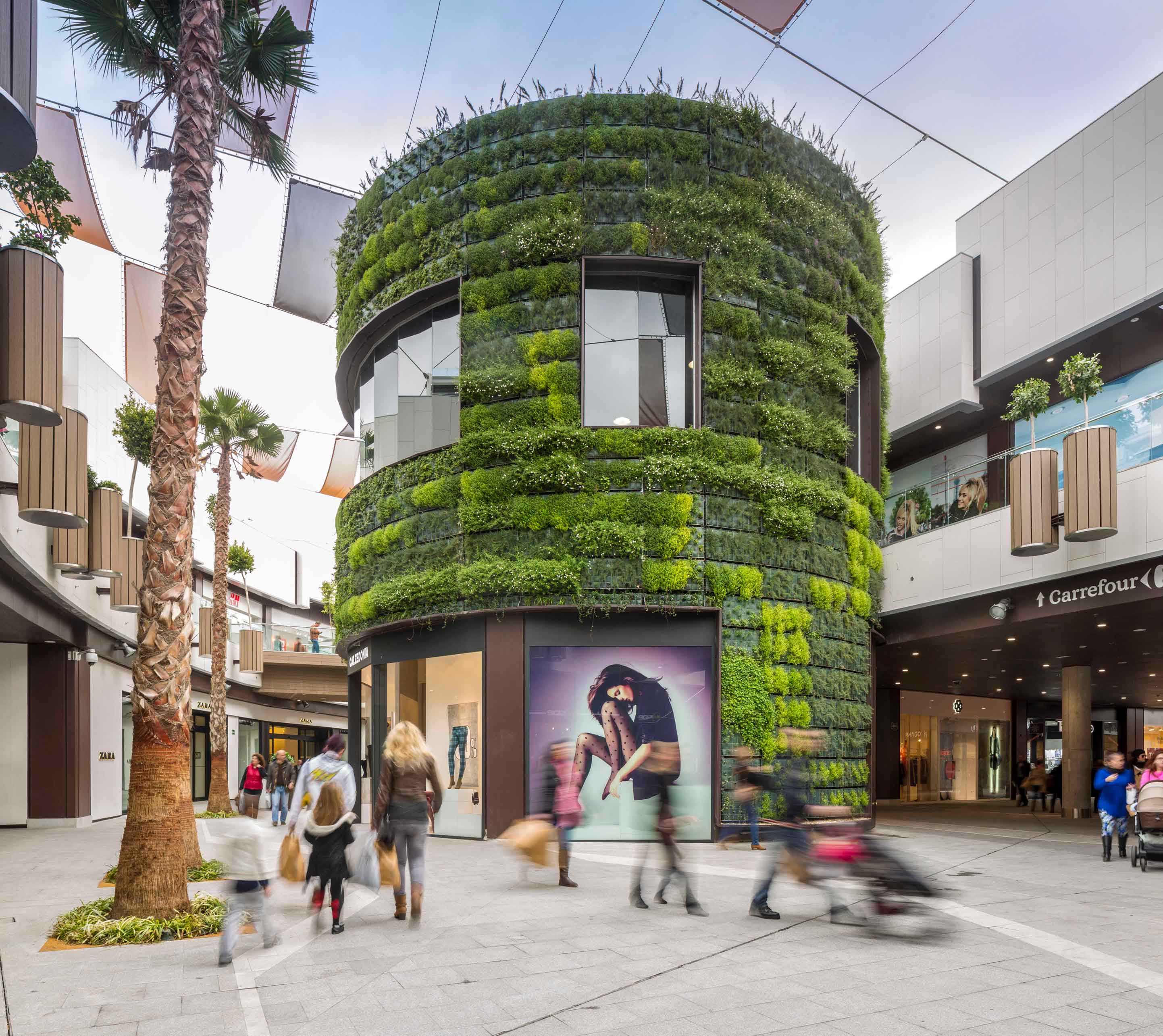
Online and physical commerce should be interpreted as a whole (Xavier Pastor).
Indeed, the hybridization and even conversion towards a phygital retail outlines the roadmap for conceptualization. As Laureano Turienzo, president of the Spanish Retail Association, pointed out, “in many sectors, purchases will be totally hybrid, mixing digital and physical scenarios in consumer shopping journeys, so there will no longer be any borders. There is only one channel: the consumer”.
Create a unique experience for your customer, beyond transactional value, and linked to brand values (Pablo Muñoz Payá).
We told you here: Zara with its in-store cafés, Fendi with a Beach Club… all aligned with the business storytelling and focused on generating an added value beyond the purchase.
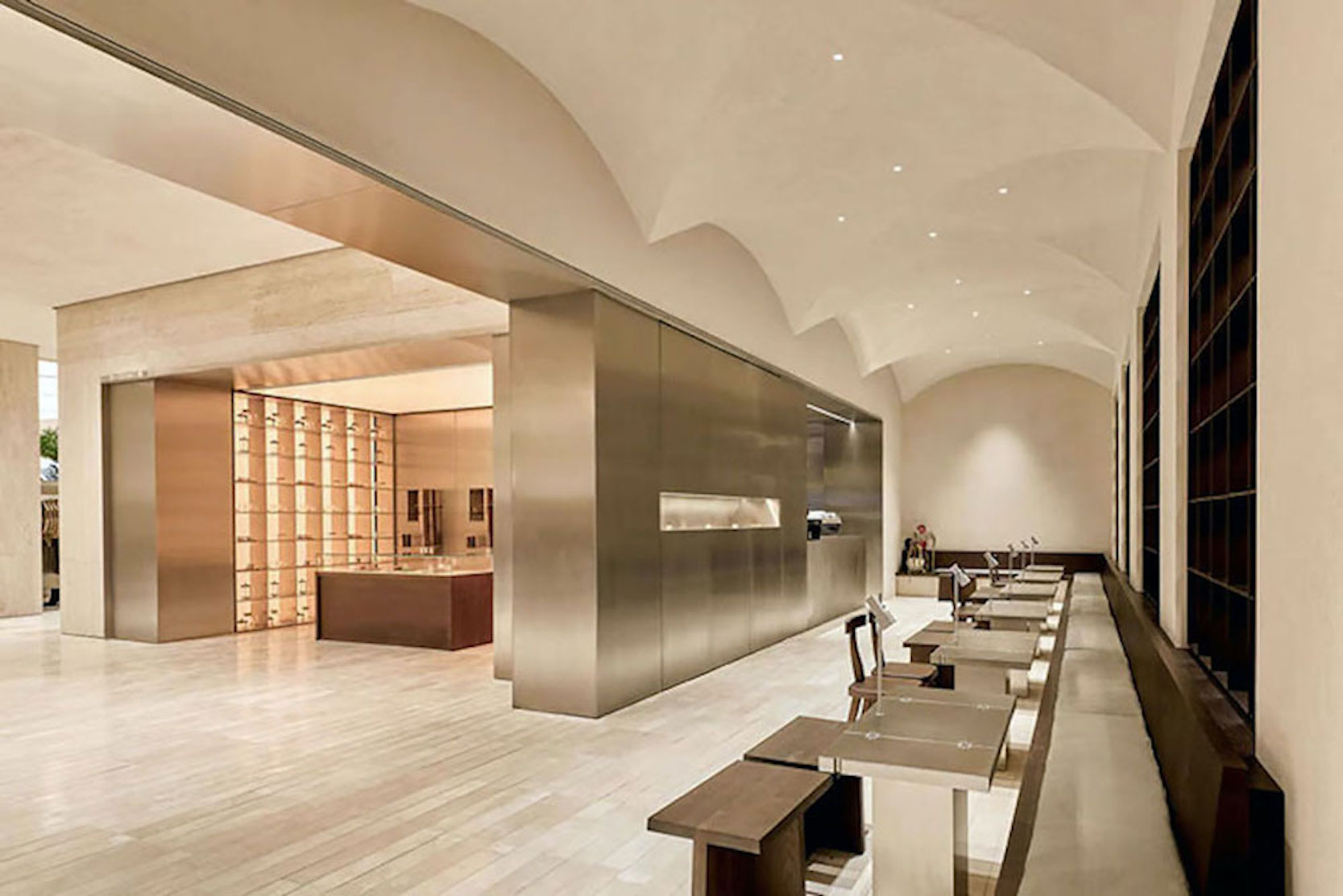
Despite the consumption we generate daily, we must consider sustainability in our projects (Xavier Pastor).
Used clothing collection points or product reuse initiatives can be levers to promote sustainable initiatives beyond the materiality of the project.
Let’s seek differentiation and move away from franchise models in those author spaces (Lucía Chover, from Vitale).
If the space is a boutique, design it as such, with care and attention to details that mark its own identity.
Let’s generate pleasant sensations, even with a homely aspect (Lucía Chover, from Vitale).
Rely on materials like wood, textiles, and natural components, as well as proper use of neutral colors and natural lighting.
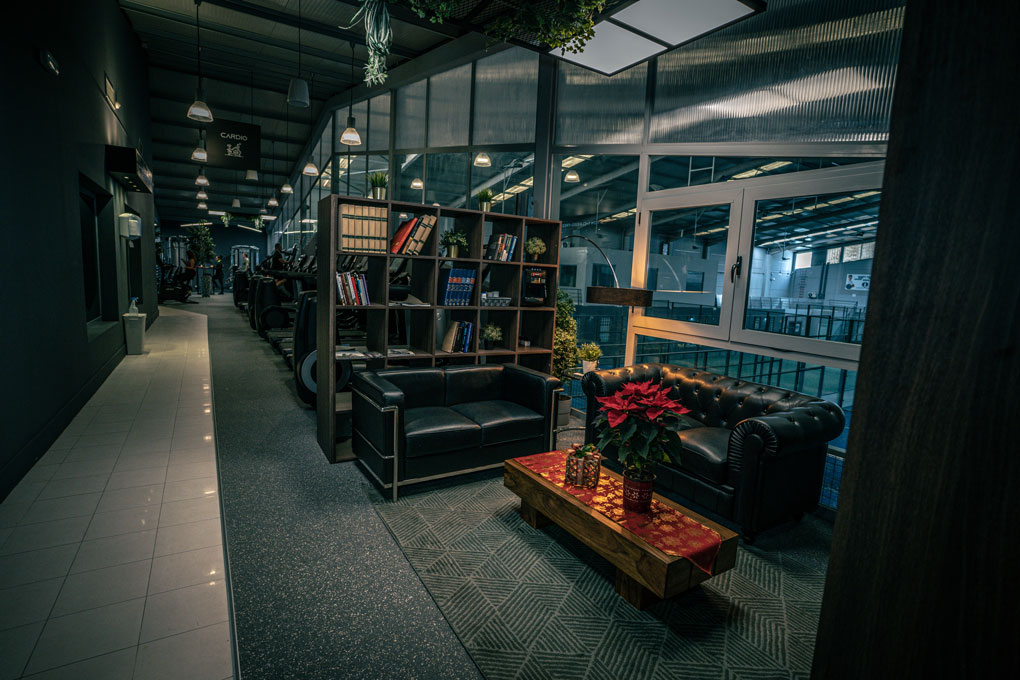
We can only develop exceptional design when we understand its protagonists (Amanda Paradís, from Taller 32).
The briefing as the starting point of everything. And to experiment what we are going to convey through interior design and architecture. Taller 32 went to a restaurant service to understand, beyond what the client said, the real needs of the rehabilitation they had to undertake and the sensations they wanted to convey through the food.
If we follow trends, we arrive late, but if we had to talk about a common denominator, we gather neutral styles, rounded shapes, and textures like microcement (Amanda Paradís, from Taller 32).
If we aim to convey experiences, textures are great timeless allies in providing depth and visual comfort to any type of project.


